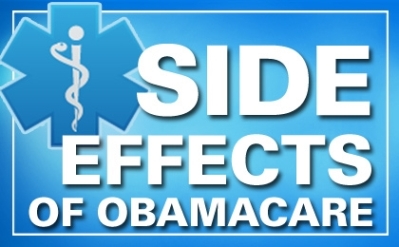
I was looking at my Facebook feed last night, normally a great way for me to keep up with friends and it also provides a great sources of reading material I try to follow regularly, when I came across a picture that wanted to know why toilet paper needs to advertise. I know everyone reading today has seen it. My first reaction, like most of y’all I can only assume, was to smile and agree. Why indeed? After all, everyone is buying toilet paper because they need to buy toilet paper, right? Companies need to advertise things like Android phones, so people will buy them instead of iPhones, Galaxys, or nothing at all, but who, in a modern, in a developed country’s economy, will go without toilet paper? Is it you?
Let’s take a more in depth look at toilet paper advertising. Y’all understand that a company actually does need to advertise for toilet paper as do all the other products, its all about supply and demand sprinkled with a little business economics. Let’s start with the assumption that the marketing staff at Company X, who make Brand X, are properly compensated, and are not out there wasting money on television, radio, Facebook and Google ads like some kind of raging group of fucktards. Company X must have a good reason for spending all that money on advertising. What is it?
Advertising actually serve several distinct purposes. I’m sure the picture of the toilet paper with the overlay joke confused most of the marketing zombies, with everyone else just ignoring it or just not getting the fucking joke altogether. Perhaps there are more important reasons to advertise toilet paper than appears on the surface of this mystery. All companies who produce products need to sell those products to make profits. Companies are not still open today because they lose money now are they? The answer is a big fat fucking no, so they need to advertise to get their products in front of as many consumers they can, like you and I. Advertising serves many purposes, let’s look at them together now.
Product Awareness: This is critically important when you have a new product, either new to the industry or new to your company, and want to make customers aware of it. If we still lived in the days when people wiped their asses with stones or leaves, and you had this amazing new product called “toilet paper”, then the purpose of advertising for toilet paper would be to make consumers aware that a much better alternative exists for your sensitive little bottoms.
Market Share: This is important when the products are generally known, but alternatives exist in the market. To return to our Android phone example, just about everyone in the US knows about cell phones, but they can choose from many brands besides Android. So, the makers of the Android phone advertises its cell phones to drive potential customers to buying an Android over the alternatives.
Increase Consumption: Even if you know of the product, and you prefer a particular brand, you can be brainwashed into purchasing even more of it. If you already know about cell phones, you even have an cell phone, but now you’re considering one for your teenager who is in school. Commercials featuring cell phones in a setting filled with school aged children can again brainwash you to convince you to increase consumption.
In developed markets such as the United States, absolutely everyone knows about toilet paper. Company X doesn’t advertise Product X for product awareness, since everyone knows it exists and we are going to buy it (hence the joke picture). Similarly, no one will increase consumption beyond what they would otherwise. People from Company X use the shitter as often as you and I do, clean themselves with toilet paper, flush the soiled toilet paper, and are done. Unlike cell phones or oranges, no one will buy more than they normally would. Unless you are a prepper, then you have an 8 years supply of it that you guard like gold bars. Maybe, one day in the future, scratching paper will replace paper money like cigarettes did in prisons.
But there is fierce competition among the brands. Company X wants you to really believe in the benefits of their band of toilet paper; while Company Y wants you to prefer their brand. They battle for your market share in toilet paper via commercials and advertisements.
In the end, these competing companies always need to understand why they are advertising a particular product and for whom. The original joke image (not shown in this post) is almost correct. It just needs to end with: “Who is not buying toilet paper to wipe?”
Let’s let this post serve as my good deed for the day. This particular Public Service Announcement (PSA) has been brought to y’all by The Sting Of The Scorpion Blog (T.S.O.T.S.B.) and is in no way affiliated with Company X, Company Y, or the toilet paper industry. I’m merely a consumer of toilet paper as I can only assume many readers here are as well so I wanted to explain the joke, not that y’all needed it explained, but it just shows how money, even money we wipe our ass and flush with, still drives our market. Understanding the economics of toilet paper might get us to think about how and why we spend our hard earned money. The day may come when we need to ration toilet paper or even use it as currency. Enjoy your next trip to the toilet and remember that underpaid workers depend on you flushing as much toilet paper as possible so they have a job tomorrow.





















